|
When I was a kid, I assumed flying squirrels actually looked like this: Yep, that's Rocky of the Rocky and Bullwinkle cartoon. Then, when I was about twelve, a friend of mine somehow ordered a pair of live flying squirrels in the mail (back in those days you could order almost any kind of wild animal... fortunately we now have regulations to limit this). He kept them in a cage in his bedroom, and sometimes we would get them out and let them run and jump around in the room. I was fascinated by the way they could spread their arms and legs and glide through the air. By the way... they were not very suitable as pets! What the heck is a Flying Squirrel? Flying squirrels are actual squirrels, which means they are rodents. Although here in North America we only have three species of flying squirrels, there are about fifty species worldwide, particularly in China and Southeast Asia. As you probably know, flying squirrels cannot actually fly the way birds and bats fly. Instead, they can glide from tree to tree on the thin flaps of skin between their forelegs and hind legs. They can precisely control their gliding direction and speed by moving their legs and tail. Notice the loose folds of skin on the southern flying squirrel below (this is the type that lives in the forest around our home in Missouri): It is worth pointing out that sugar gliders are not flying squirrels. I mention this because many of you may have seen sugar gliders for sale in pet stores. Sugar gliders are actually a type of possum, which means they are marsupials. So, they are not closely related to squirrels at all. However, sugar gliders can glide just like flying squirrels, so this is a fascinating example of convergent evolution (when living things that are not closely related develop similar characteristics because they have adapted to the same kinds of environments). Below is a sugar glider: Amazing Facts about Flying Squirrels So, how exactly do these rodents glide? Flying squirrels have a thin flap of skin that stretches out along the sides of their body between their ankles and wrists. This flap is called the patagium. When they spread out their arms and legs, the patagium basically becomes a parachute. Although flying squirrels are much like other squirrels in most ways, they have a few adaptations to enhance their gliding ability. For example, their leg and arm bones are longer, while their hand and foot bones are shorter. The longer limb bones allows them to create a larger parachute, while the shorter hand and foot bones allow them to better control the parachute. Check out the skeletal structure below. Flying squirrels have a surprising amount of control over their gliding flight. In fact, they can even create lift by changing the angle of their limbs. Astoundingly, flying squirrels have been observed gliding up to 300 feet (90 meters)! Notice the finger-like projection sticking out from each of the hands? This is an unusual piece of cartilage that the squirrel can hold vertically, thus providing stability and controlling the direction of flight. No other squirrels have this cartilage projection—only the flying squirrels. Numerous hypotheses have been suggested to explain the evolution of gliding in flying squirrels. In my opinion, the most reasonable hypothesis is that this adaptation arose because it allows these squirrels to move from tree to tree without expending much energy. Gliding from one tree to another uses much less energy than descending to the ground and then climbing up another tree (not to mention that being on the ground makes the squirrel more vulnerable to predators). So... why don't all squirrels have this ability? That's a good question. Check out this cool video about how they fly. Most flying squirrel species are nocturnal, and they are extremely shy, so humans do not often have a chance to see them. Amazingly, Trish and I have only seen one southern flying squirrel in the wild, although they are abundant in our area. Spotting this creature took some effort. We had been hearing the creatures running around on our roof during the night, so we decided to sit out on the deck one night to see if we could spot one. We could hear these strange, high-pitched calls in a tree near us, so I switched on a spotlight. We saw the glow of the flying squirrel's eyes as it stared back at us. We have never seen one during daylight hours. This is what it looked like: Amazingly, scientists have recently (and by accident) discovered that all three of the North American species of flying squirrels glow PINK under a UV light! No one really knows why, although scientists have hypothesized that it might be related to avoiding predators, or to communication between squirrels, or possibly to help them navigate while gliding. Here's a video about this flying squirrel superpower. Flying squirrels are omnivores and eat a surprising variety of different foods. They have been known to eat fruits, seeds, flowers, buds, snails, insects, fungi, lichens, bird's eggs, spiders, and even tree sap. Finally, flying squirrels come in a wide variety of sizes. The three species found in North America are all about the size of the palm of your hand, but the woolly flying squirrel, which lives in Pakistan, is the largest species, weighing 5.5 pounds (2.5 kg). The smallest species, the Hose's pygmy flying squirrel of Borneo, weighs only 2.5 ounces (70 grams). Check out this red and white giant flying squirrel from China! (photo by Will Burrard-Lucas) So, the Flying Squirrel deserves a place in the H.A.H.O.F. (High-class Animal Hall of Fame). FUN FACT: The term high-class, an adjective meaning "of superior quality or status" can be traced back to about 1833. Originally, at that time, it probably meant "of high social rank," suggesting (in a rather snobbish way) that people in higher social classes were of higher quality. Alternatively, it may have been used by people of lower socioeconomic classes to (perhaps derisively) describe someone or something as "very fancy, wealthy, or expensive." Regardless, it has come to be used widely as a more general term (a high-class hotel, a high-class jeweler, a high-class author). So, high-class is another way to say awesome! Photo Credits:
Rocky the flying squirrel - Wikimedia Commons Flying squirrel on a tree, photo #1 - DepositPhotos Sugar glider - DepositPhotos Flying squirrel skeleton - Bj.schoenmakers, CC BY-SA 4.0 via Wikimedia Commons Flying squirrel gliding through room - Bluedustmite at English Wikipedia, CC BY-SA 3.0 via Wikimedia Commons Flying squirrel with glowing eyes - PJTurgeon, CC BY-SA 3.0 via Wikimedia Commons Red and White giant flying squirrel - Will Burrard-Lucas
0 Comments
Leave a Reply. |
Stan's Cogitations
Everyone needs a creative outlet. That's why I write. Archives
April 2024
|


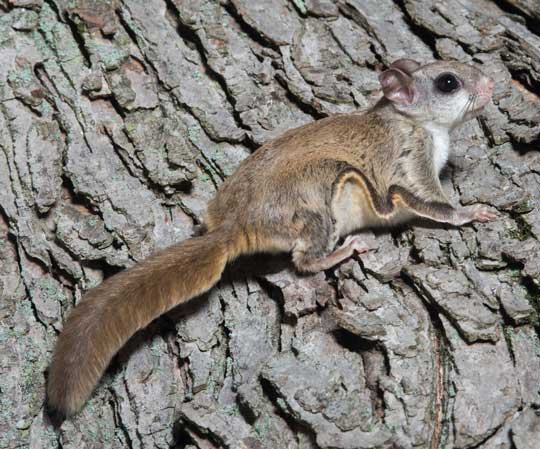
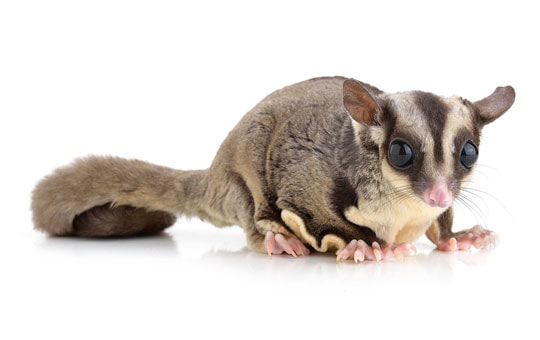
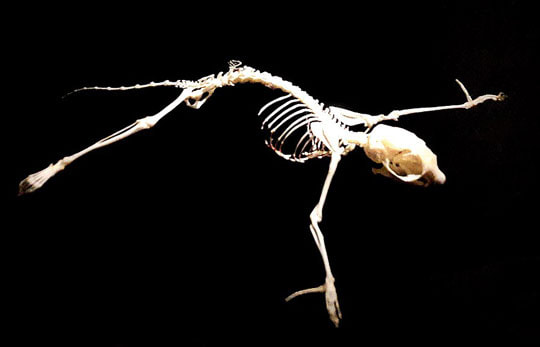
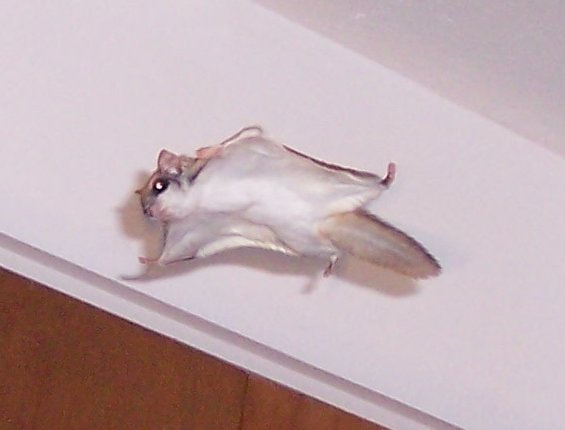
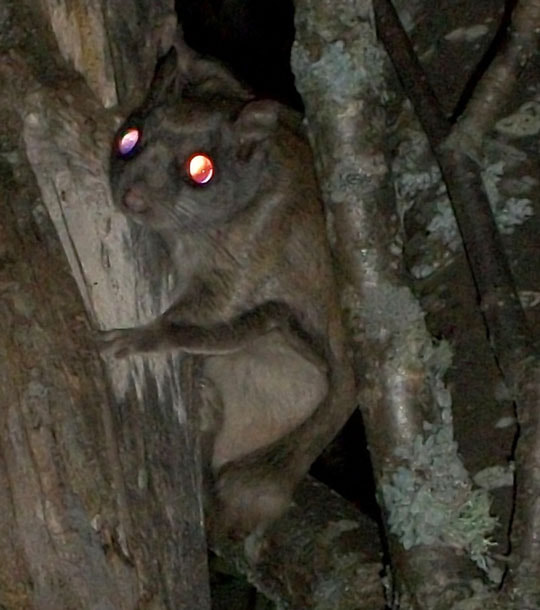
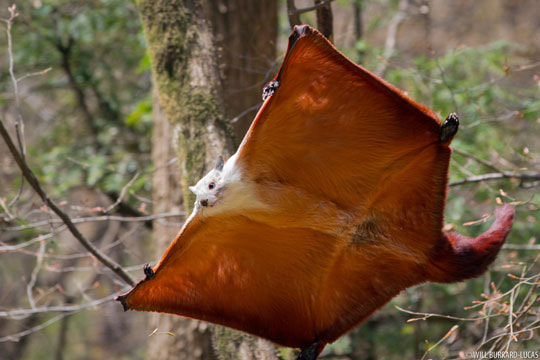
 RSS Feed
RSS Feed